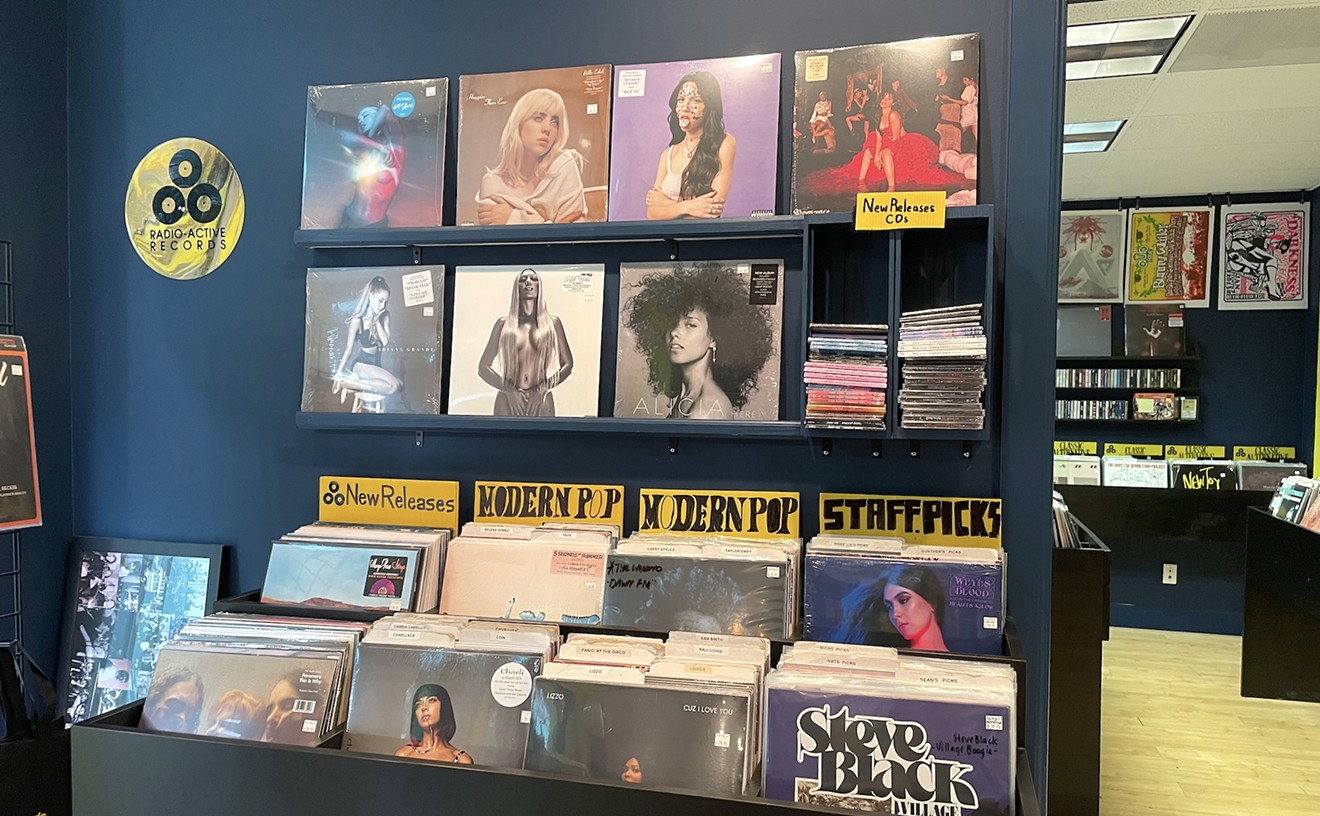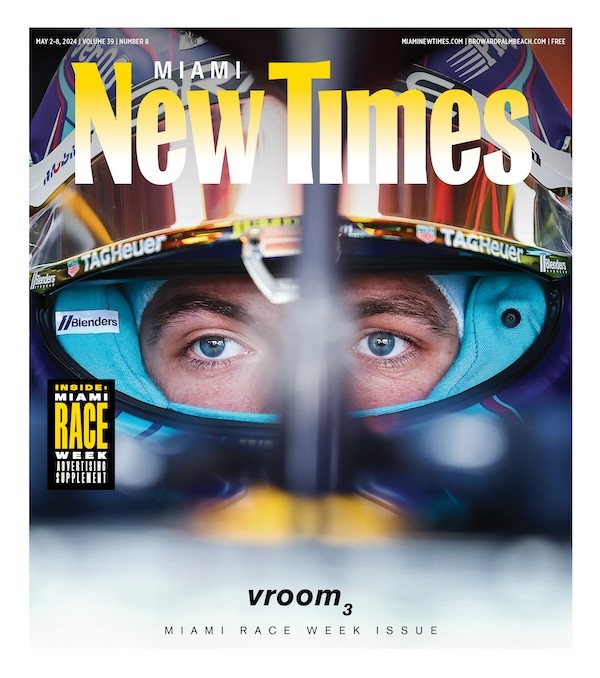Chicago, May of 1945. Two people, ages 27 and 21, are getting married. They are also deaf, as are most of their guests. The camera recording them has no sound, but we can see them signing to one another. At the reception, because no one can hear the music, couples crash joyously into one another, stopping midstep to smile and wave into the camera. The people without auditory impairments sit morosely on chairs along the wall, afraid to join in. In a couple of minutes and without warning, the film ends. The commentary offers little sense of what happened to these people afterward, and all we know is that what we just witnessed was real. We don't even know the couple's first names, but nevertheless the film is incredibly moving.
Why is that? According to Bruce Nash at Movie Research: The Numbers, a Website that catalogues film industry statistics, studio movies with the tag line "Based on a true story" outsell their "original screenplay" competitors by, on average, nine million dollars. Although it's debatable whether those movies are "more real" than the ones based on the writer's imagination, audiences clearly have a vested interest in the validity of a story. If Rosenblatt Wedding, the short home movie described above, were fake, if Mr. and Mrs. Rosenblatt weren't Jewish at all, but Presbyterian actors from Boise who took correspondence courses in American sign language, would the film have less value? If so, could Bruce Nash quantify it?
The sixth annual Rewind/Fast Forward Film and Video Festival, held at the Miami-Dade Public Library downtown and produced by the Louis Wolfson Moving Image Archive, doesn't offer answers to these questions, only evidence. Festival director Barron Sherer describes the event as "probably the lowest-budget film festival in Miami.... We don't even have popcorn." Over the course of three days starting Friday, the festival is showing a range of cinematic realism, beginning with a restored print of the 1945 film noir classic Leave Her to Heaven, starring a 24-year-old Gene Tierney. Delightfully fake, this potboiler, washed in Technicolor and painted backgrounds, tells the melodramatic tale of Ellen Berent (Tierney), a rich woman driven to madness by her possessive love for her novelist husband Richard (Cornel Wilde). The realism in this case comes from the intersection of Tierney's character with her own life. The actress suffered from bipolar disorder and was lobotomized a few years after the filming of the movie. Who's to say if she was overacting, or acting at all?
Saturday's program, focusing on amateur and "orphan" films, offers some of the most authentic cinema in existence. The term describes any film outside the commercial mainstream — home movies, outtakes, educational films, found footage, et cetera. It's especially apt to describe Phyllis Le Shane's Ollie, a 10-minute amateur adaptation of Oliver Twist that Sherer is showing Saturday night. Shot in Miami in 1972, Ollie is performed by neighborhood children that Le Shane cast, directed, and sewed costumes for, and though it's a fictional story, it uses many of the same techniques, writ small, of the recent Roman Polanski version. It also catalogues its geography in a way that studio films rarely do. Le Shane lived near the Miami River, and in certain shots the construction of the State Road 836 overpass is visible. As an added treat, Le Shane will be in attendance to answer questions.
Earlier in the day, Sherer is screening a series called Living Room Cinema, an international display of short home movies collected by the Prelinger Archives, the group responsible for the yearly "orphan" celebration called Home Movie Day. The Rosenblatt Wedding comes from this series, as does Wendy Horowitz's 1980 footage of her high school friends in New Haven. As the handheld Super8 camera hovers around local bars and clubs, Horowitz's commentary reveals that one girl is famous for being "very good friends with members of Squeeze," another for hanging out with Aerosmith, Ted Nugent, and David Lee Roth (though Horowitz is quick to point out that "she didn't sleep with any of these guys. They just liked having her around"). The best moment comes when Horowitz goes to a Cheetah Chrome concert and stands in the front row with her camera. The resulting footage, recorded at slightly under the 24 frames per second needed to accurately replicate the movement of real life, throws Chrome into a hypermania that, while not accurate, is certainly realistic. Because the stage rises only about a foot off the club floor, Horowitz is right next to him, and he gives her lens frequent Zoolander-esque looks. From one moment to the next, his shirt disappears, presumably taken off in between shots but rendered instantaneous by the filming. All rock concert footage should look just like this.
The local entry in the Living Room Cinema program comes from Frank DiFranco, a New York television producer who relocated to Miami in the early Sixties. His color home movie shows his wife and some friends cruising the Miami River on their boat in 1963. In the background is the Miami of yesteryear, and the soft focus of the footage matches the nostalgia in DiFranco's voice when he says, watching the film, "I wish I was back there in those days." As if in harmony with DiFranco, another beautiful color film gives a brief glimpse of 1955 Havana, as seen from the back seat of an old convertible Cadillac cruising the Malecón. The Bacardi sign and the towers of Hotel Nacional pass by, and, eerily, the drive terminates at Columbus Cemetery before picking up another thread.
The sleeper film of Saturday's program, according to Sherer, also travels to Cuba. Harris vs. Castro: Fact vs. Fiction is a twin bill of films that chronicle the same historic event, Miami businessman Irwin Harris's battle to collect an unpaid debt from Communist Cuba in the early Sixties. One is the real Miami news footage from the time, and the other is a 1963 G.E. True TV series reenactment of Harris's struggle against Castro, sponsored by General Electric and narrated by none other than Dragnet's Jack Webb. As a result, the fictional version takes on the gruff superiority complex of postwar America. Castro is shown as a smoking cigar, and Che Guevara looks like a homeless man in a beret. Irwin Harris himself will be on hand at the screening to re-inject reality into the story.
The final day begins at 1:00 p.m. with avant-garde legend Jonas Mekas's home movie Notes for Jerome, and continues at 2:00 with husband-and-wife avant-garde filmmakers Mark and Susanne Boswell, as they show clips and give a talk on the use of "found footage" in film history. The festival wraps up with a return to the act of restoration: a new print of the 1957 western 3:10 to Yuma, which, coincidentally, is coming out this fall as a remake starring Russell Crowe and Christian Bale. The script was based on a story by local pulp legend Elmore Leonard, and the new version supposedly retains the dialogue of the original. "[Leonard] writes so fresh and vivid that they didn't have to change much," Sherer says. But, as the festival proves, you can never make the same movie twice.









